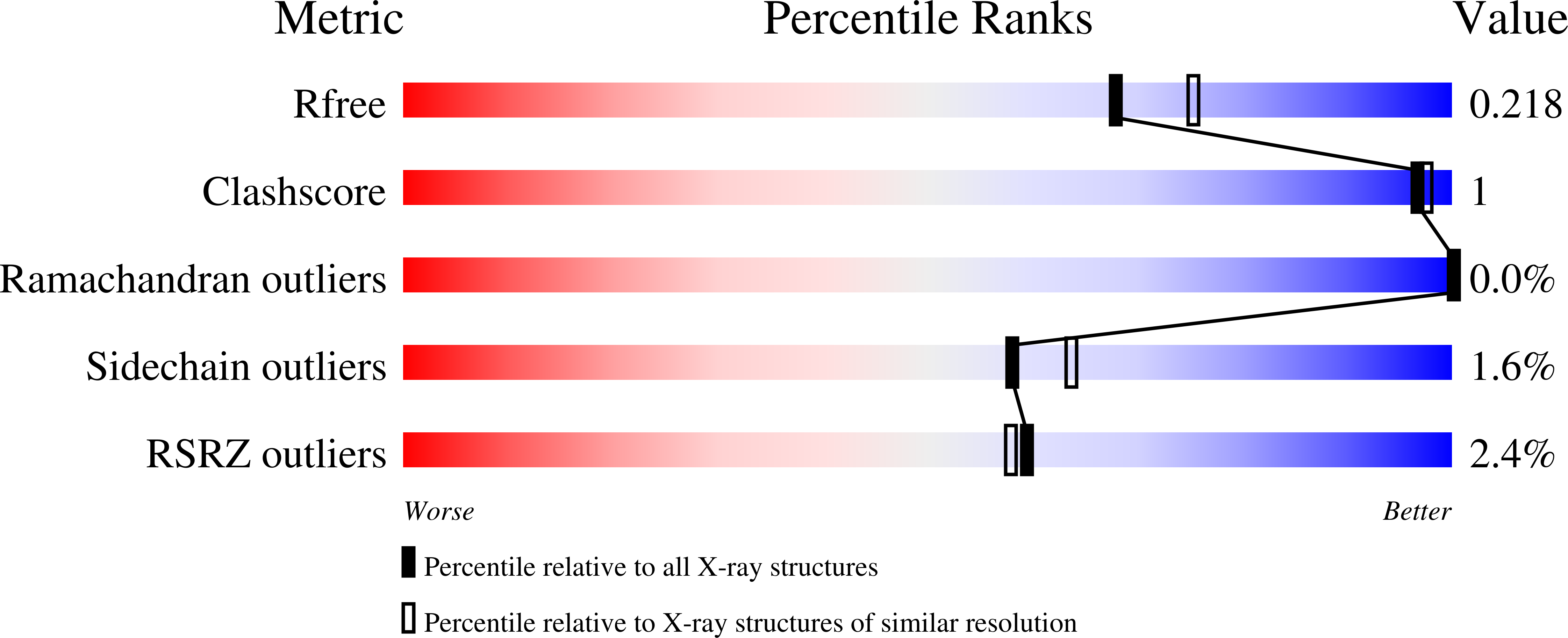
Deposition Date
2024-05-29
Release Date
2025-09-10
Last Version Date
2025-09-10
Entry Detail
PDB ID:
9FIE
Keywords:
Title:
X-ray structure of furin (PCSK3) in complex with the PC1/3 (PCSK1) prodomain mutant R77A,R80A,R81A
Biological Source:
Source Organism:
Homo sapiens (Taxon ID: 9606)
Host Organism:
Method Details:
Experimental Method:
Resolution:
2.00 Å
R-Value Free:
0.21
R-Value Work:
0.19
R-Value Observed:
0.19
Space Group:
P 1


